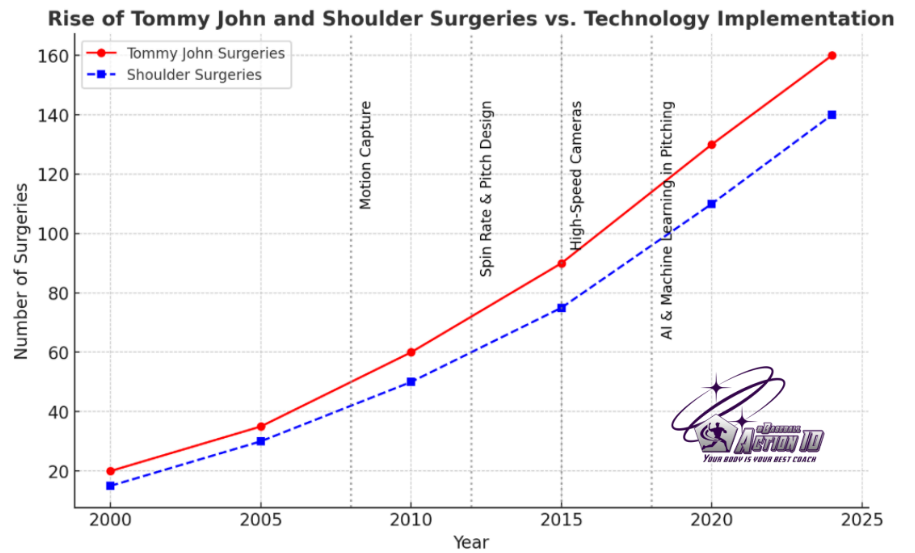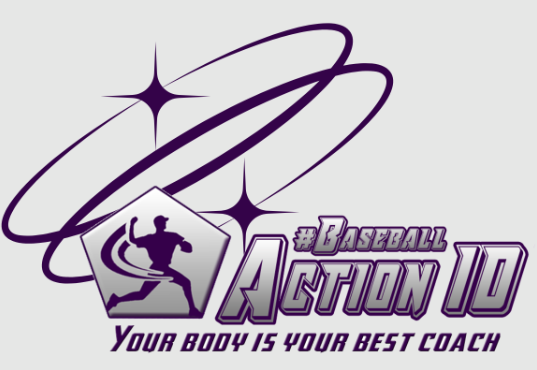Pronators vs. Supinators in Pitching: What You’ve Been Told… and What You’re Missing

In a widely shared online video, a respected and clearly passionate pitching expert delves into the roles of pronators and supinators in the pitching motion. His message is filled with good intentions and valuable insights, touching on topics like internal and external rotation (IR and ER), shoulder retroversion, and mechanical tendencies.
He suggested that whether you’re a pronator or supinator could be influenced by your range of motion, or by how much retroversion you have in your shoulder. According to him, if you lack external rotation, your arm action might become more “pushy”—a more common movement pattern in pronators. He even noted that mechanical components play a role in shaping which category you fall into.
Sounds logical, right?
Well… not quite.
The Truth Behind Pronation and Supination in Pitching
It’s Not About ROM or Mechanics—It’s About Motor Preferences
Here’s the real game-changer:
- Your status as a pronator or supinator is not determined by the range of motion.
- It’s not dictated by your mechanics.
- It’s not even influenced by how your shoulder is “built.”
It’s something much more foundational:
👉 Your natural motor preferences.
These preferences are non-conditional traits. In other words, you’re born with them. They’re part of how your body is naturally wired—a product of your neuromuscular system, your cognitive orientation, and your emotional regulation system.
These factors together determine which muscle chains dominate in your throwing motion—some favour internal rotation of the forearm, others favour external rotation. This preference expresses itself from the very beginning of your movement, from the moment your hands break, to the release point.
Why This Matters: Performance, Longevity, and Injury Prevention
When coaches try to mould every pitcher into one specific style—one mechanical pattern—they ignore one fundamental truth:
- Their wiring is unique.
- Their muscle chains are unique.
- Their movement blueprint is unique.
By respecting a pitcher’s motor preferences, we not only allow them to throw more efficiently, but we also reduce the risk of overuse injuries.
Trying to “correct” a natural supinator into a pronator—or vice versa—is like asking a left-handed artist to paint with their right hand. It might work for a while, but it’s not sustainable… and it will never be optimal.
The X-Factor You Didn’t Know You Had
Here’s the biggest takeaway:
- This isn’t about who’s better.
- It’s not about whose mechanics are more “efficient.”
- It’s about recognising and honouring the way each body is built.
Think of your motor preferences like your fingerprint.
- They’re unchangeable, unique, and deeply powerful.
- Respecting those preferences means tapping into your true potential, not forcing someone into a box they don’t belong in.
Final Thought
So, whether you’re a coach, a pitcher, a parent, or a performance analyst, remember this:
- Biomechanics matter.
- Range of motion matters.
- Training plans matter.
But none of it matters more than understanding the natural motor blueprint of the athlete in front of you.
Because when we coach from the inside out, instead of the outside in…. That’s when magic happens.

